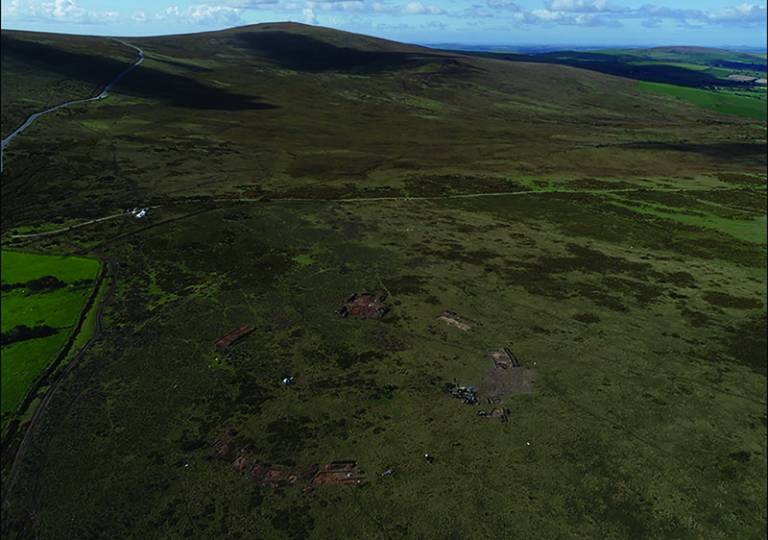Ben Cullen Prize 2022 awarded to Stonehenge-related research
8 June 2022
An output from collaborative research led by Mike Parker Pearson (UCL Institute of Archaeology) has been awarded the Ben Cullen prize from Antiquity for 2022.

The journal article entitled 'The original Stonehenge? A dismantled stone circle in the Preseli Hills of west Wales' was originally published in the February 2021 issue of Antiquity by a collaborative authorship team to whom congratulations are given.
Abstract
The discovery of a dismantled stone circle—close to Stonehenge's bluestone quarries in west Wales—raises the possibility that a 900-year-old legend about Stonehenge being built from an earlier stone circle contains a grain of truth. Radiocarbon and OSL dating of Waun Mawn indicate construction c. 3000 BC, shortly before the initial construction of Stonehenge. The identical diameters of Waun Mawn and the enclosing ditch of Stonehenge, and their orientations on the midsummer solstice sunrise, suggest that at least part of the Waun Mawn circle was brought from west Wales to Salisbury Plain. This interpretation complements recent isotope work that supports a hypothesis of migration of both people and animals from Wales to Stonehenge.
The Ben Cullen Antiquity prize was founded by Ian Gollop in 1996 in honour of Ben (1964 – 1995) who was a promising young archaeologist when he died unexpectedly . His work was published posthumously by Steele et al. (2000) Contagious Ideas: on Evolution, Culture, Archaeology and the Cultural Virus Theory. Selected Writings of Ben Cullen.
The prize-winning articles are available to read for free via the Antiquity website.
Further details
Image: Dismantled stone circle at Waun Mawn, Preseli Hills, west Wales (Image courtesy of Adam Stanford © Aerial-Cam Ltd)
 Close
Close

